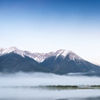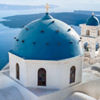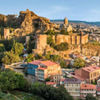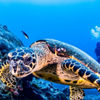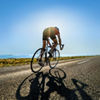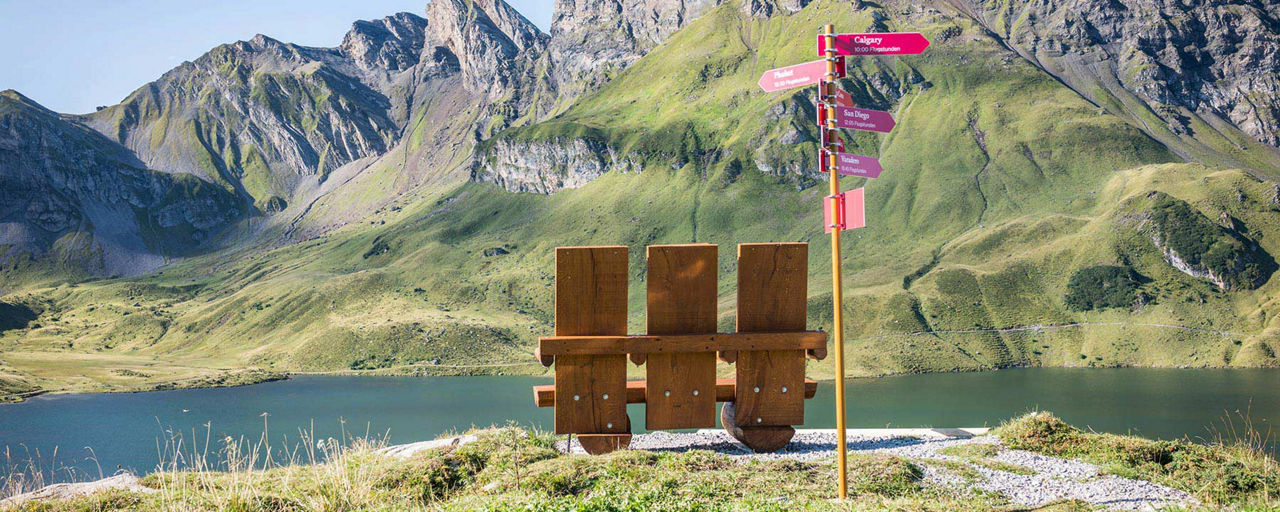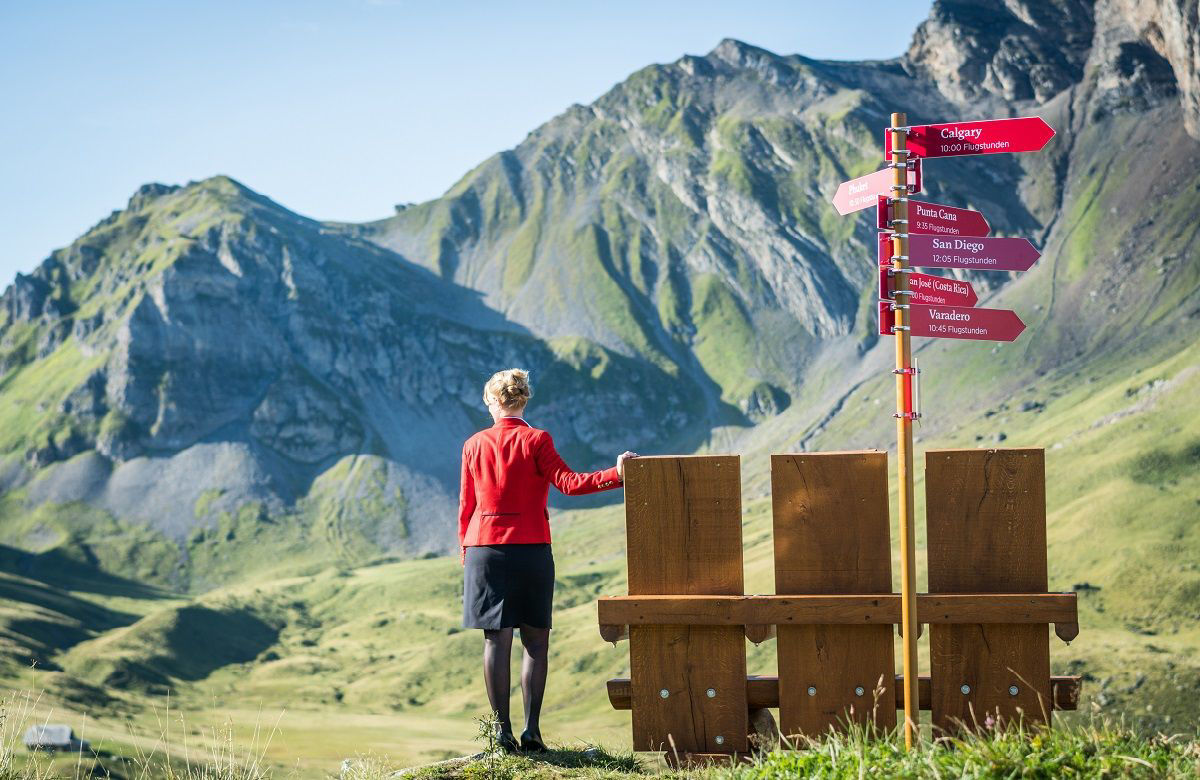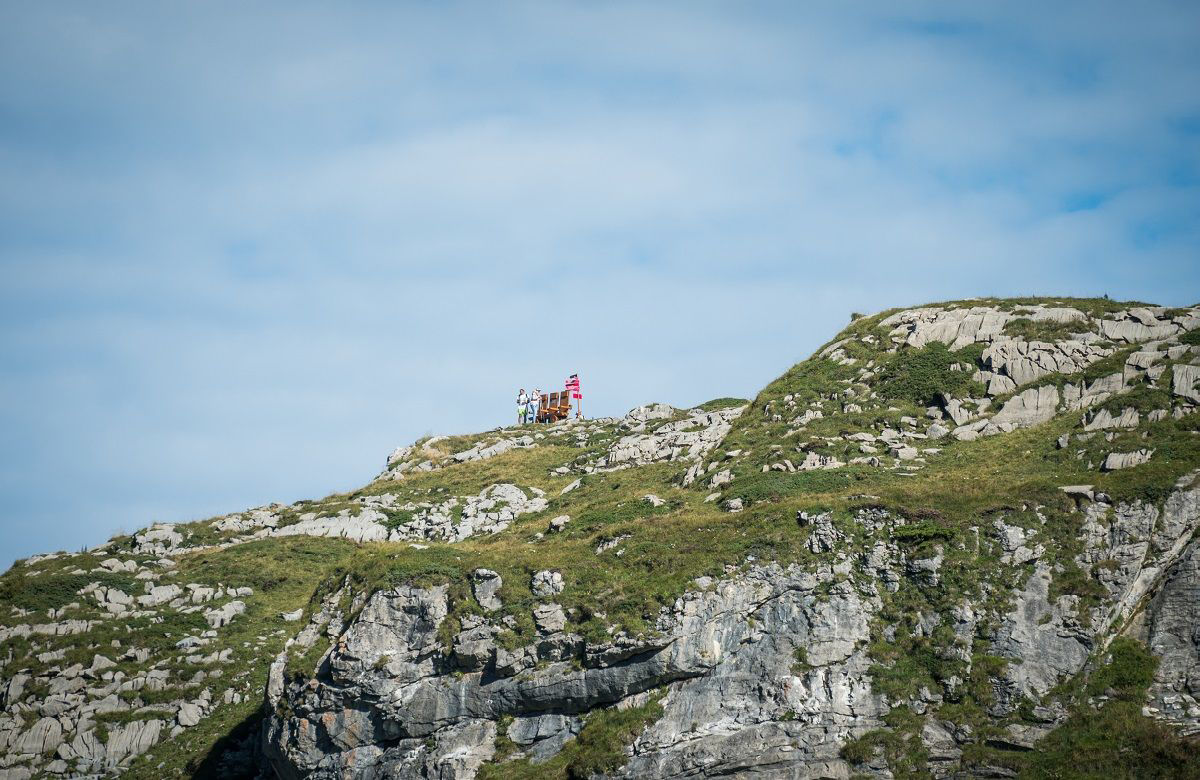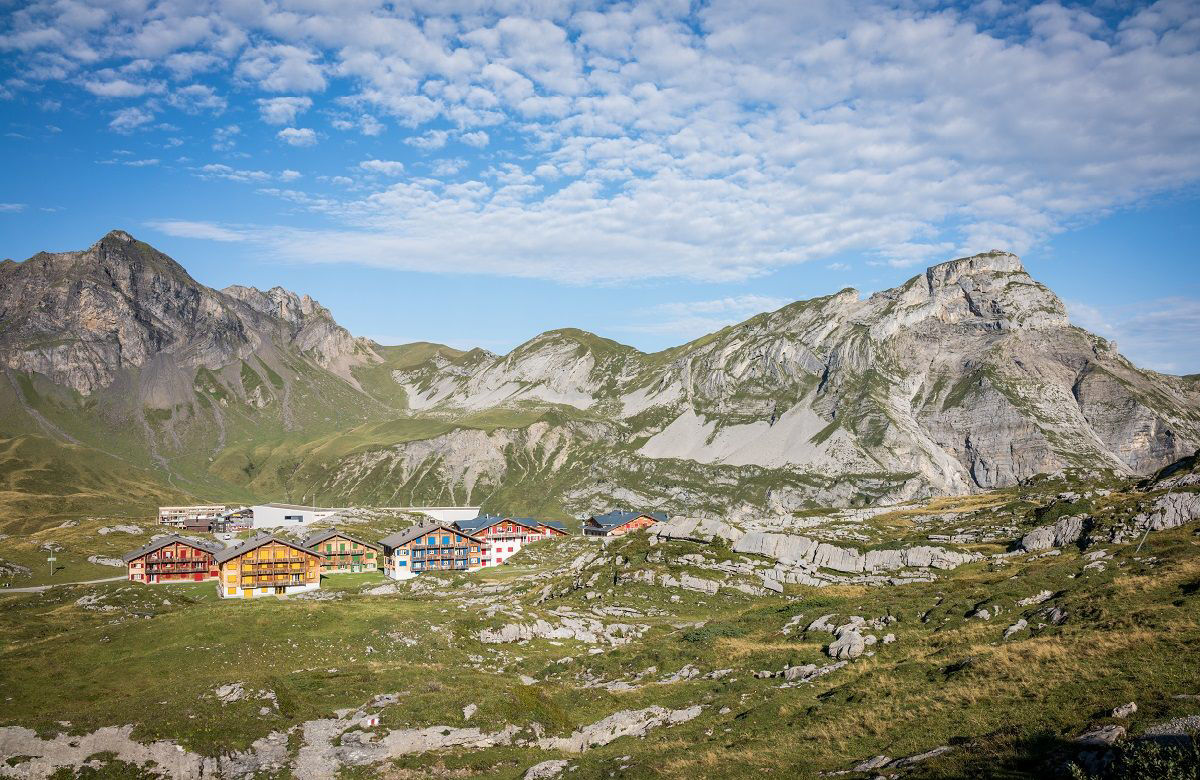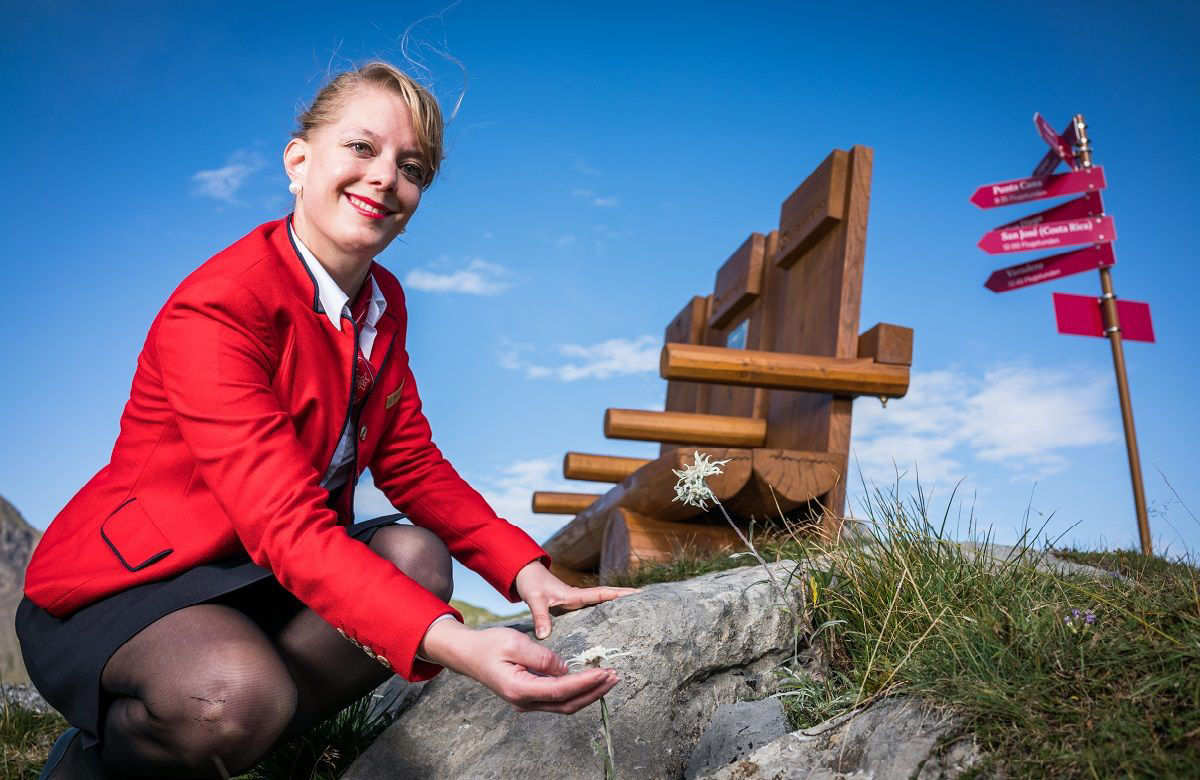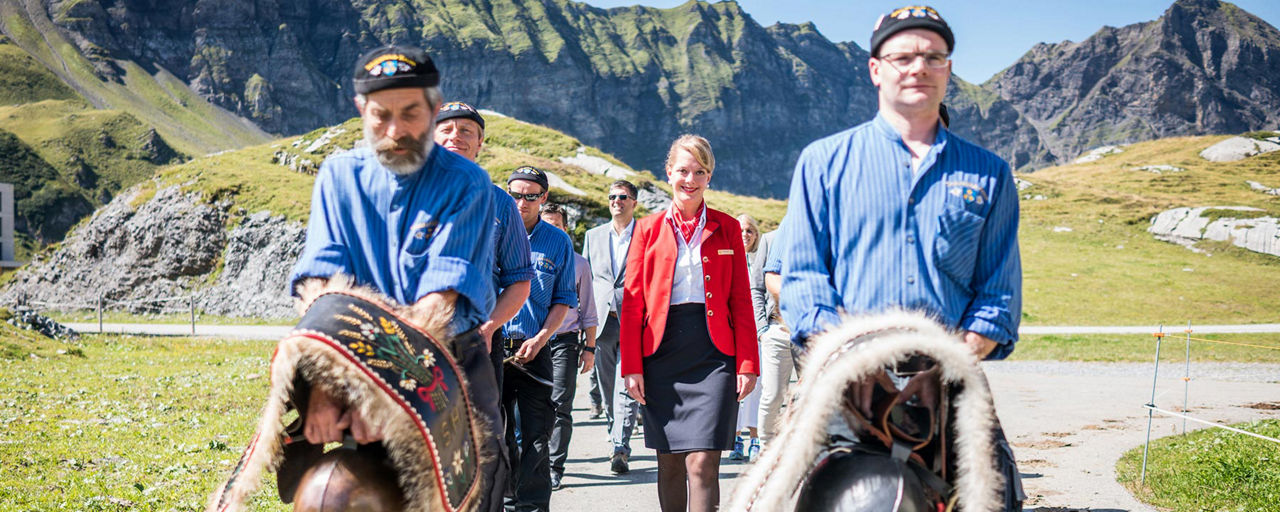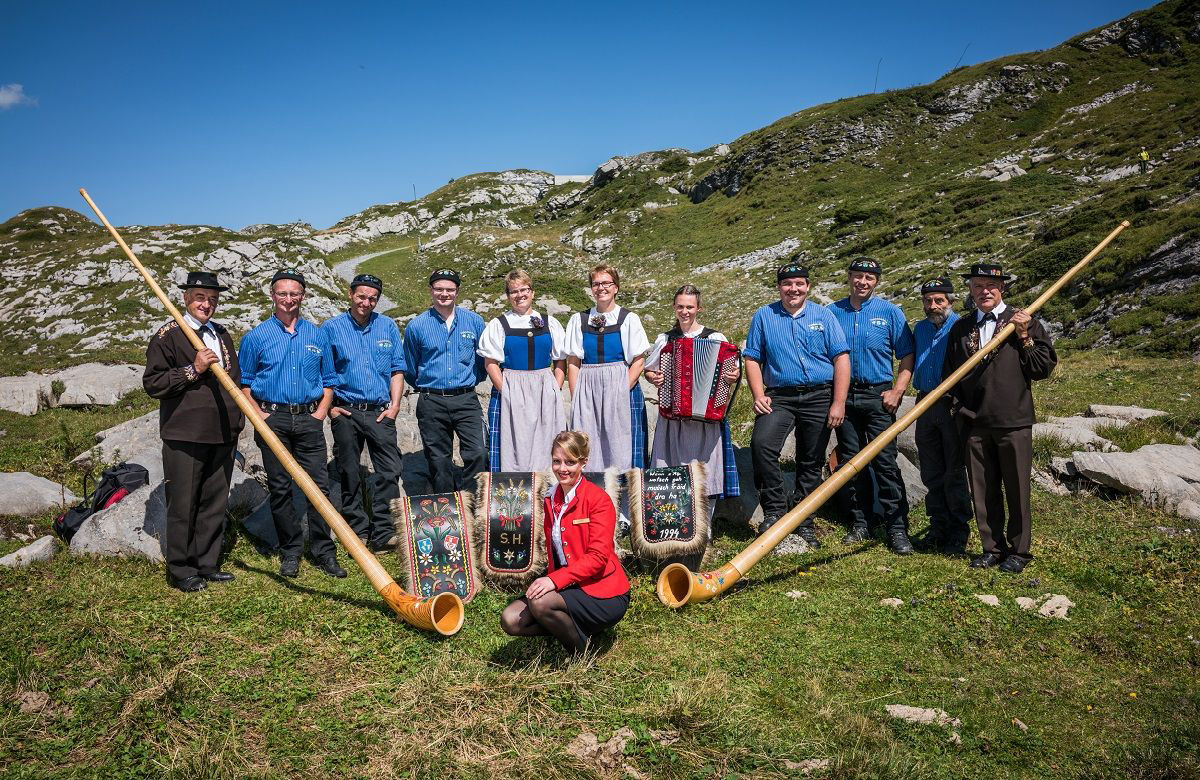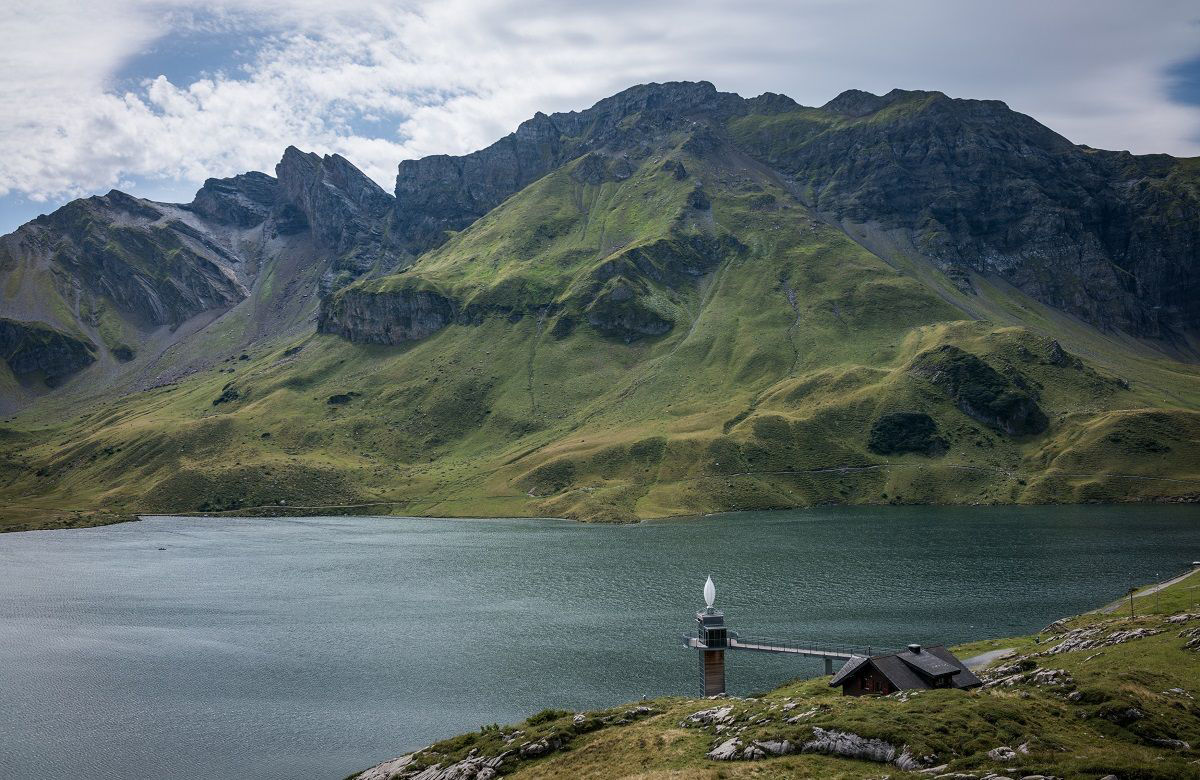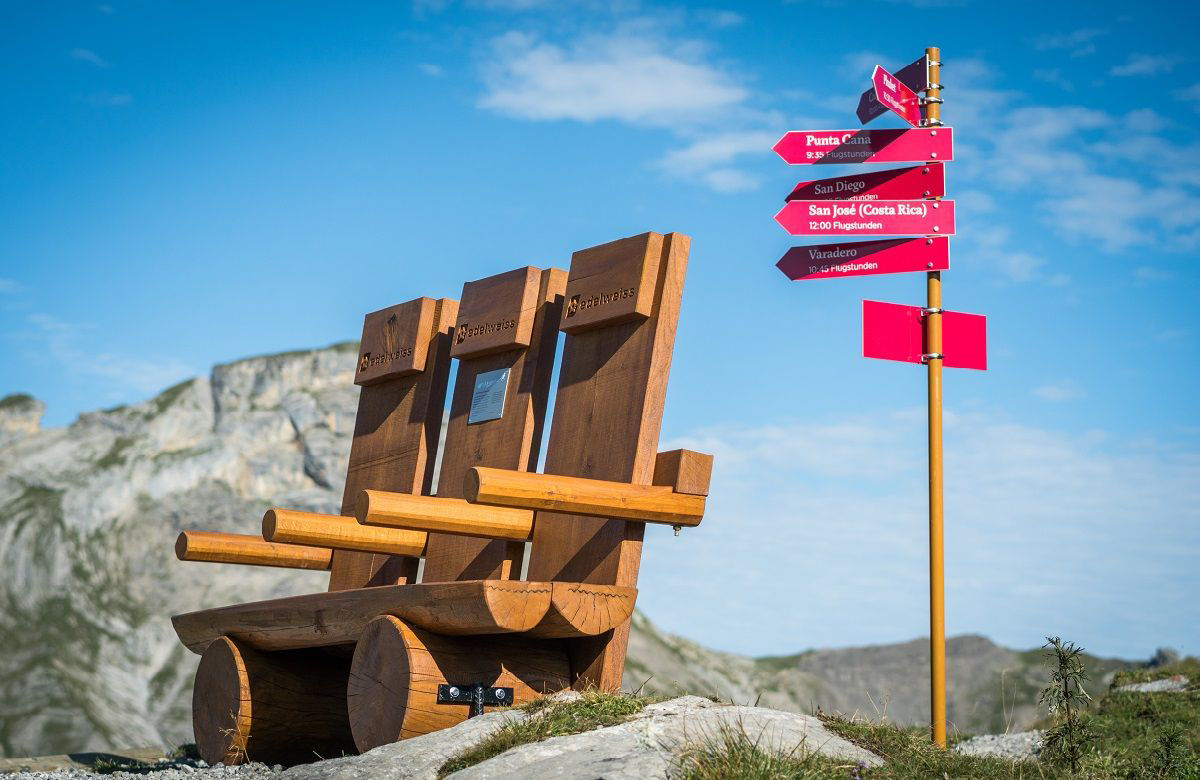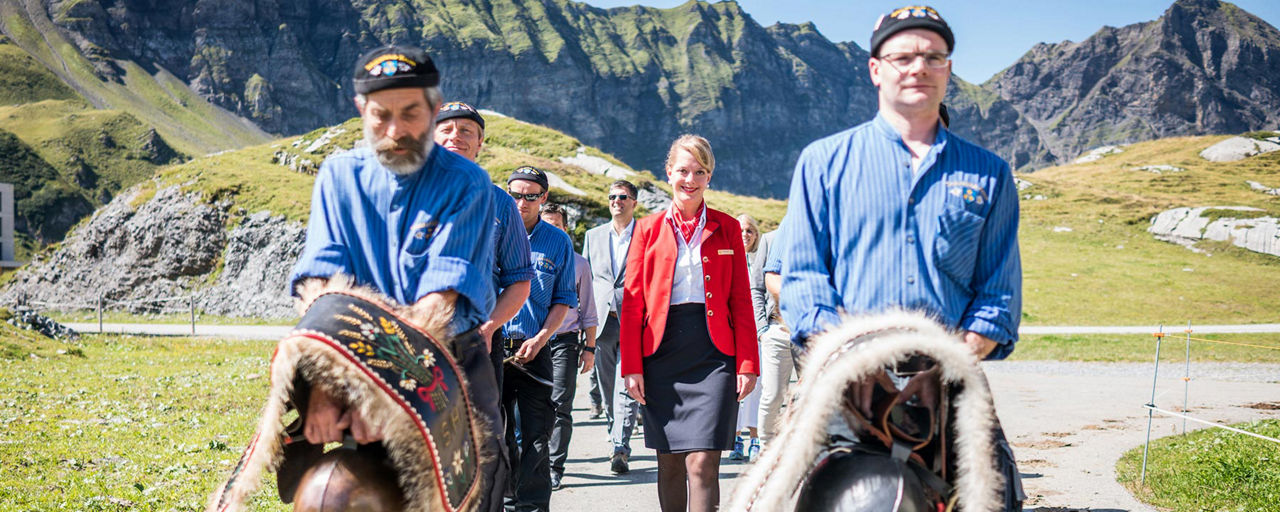Getting there
From the valley station at Stöckalp, it’s a 15-minute cablecar ride up to Frutt at 1,000 metres above sea level. With a bit of luck, you can even travel with the Edelweiss cablecar!
Experience
As well as hiking, you can also fish up at Melchsee-Frutt – for example, in the Melchsee, the Tannensee and the Blauseeli. There is even an area for preparing the fish in the old mountain station. A good catch!
Walk to the Edelweiss bench
The Edelweiss bench can be reached in about 20 minutes from Melchsee-Frutt, following a short walk along the trail towards Bonistock.
Best view
The bench offers views of Titlis from its most attractive side, as well as panoramic views over the unique mountain plateau of Melchsee-Frutt with its three lakes.
Tip
At the 10 stops on the Fruttli Trail, which is suitable for pushchairs, young visitors can find out all about the alpine marmot. The Fruttli pass is free from all the mountain stations.
Restaurant / Hotel
For fans of nature and wellness, the frutt Lodge & Spa, the highest 4-star superior hotel in Europe, comes highly recommended. It is located next to the Melchsee-Frutt mountain station, and delights guests with its modern design and alpine hospitality.
A Picture Perfect High Valley
Melchsee-Frutt lies in the heart of Central Switzerland, in the canton of Obwalden. Situated on an alpine plateau at an altitude of almost 2000 metres, this pristine and family-friendly holiday region is a year-round destination.
The Melch valley stretches from Kerns –between Lake Sarnen and Lake Lucerne– southward to Stöckalp, from where passengers are transported by cableway to the high valley and to the small village of Frutt situated on the shore of Melchsee (lake).
A slice of paradise for winter sports fans
The car-free winter sport region stretches from 1080 to 2235 metres above sea level. Home to sunny winter walking trails and cross-country skiing tracks, the high valley is set between two ski resorts: Balmeregghorn and Erzegg featuring wide ski pistes and a freestyle park, and Bonistock from where steeper and more challenging ski slopes run. Sledging fans will love the five-mile long sledge run to Stöckalp, and children can learn how to ski in Frutti-Land. A particular highlight is to be had catching fish through holes drilled through the ice of the frozen Melchsee.
During the summer months, the entire region transforms into a splendid sea of fragrant flowers with the cerulean mountain lakes of Melchsee and Tannensee in their midst. The Boni rock climbing area offers exciting challenges for sport climbers. But hiking aficionados won’t feel short-changed either: the high hiking trail Hasliberg – Melchsee-Frutt – Engelberg is one of Switzerland’s classic hiking routes. The six-hour four-lake stretch from Melchsee-Frutt via Tannalp, Engstlenalp, Jochpass and Trübsee to Engelberg is especially popular. Chairlifts and cable cars allow hikers to shorten the hiking distance as they choose.
The Melch valley is also a place of pilgrimage: it is home to the Benedictine monastery Saint Nicholas of Flüe that is reminiscent of the peacemaker Brother Klaus who, in the fifteenth century, retreated to a chine near Flüeli-Ranft to become a hermit. The 48 metre-long “High Bridge” between Kerns and Sachseln is another regional attraction. It is the highest covered wooden bridge in Europe and spans the Ranft chine at a height of 100 metres. The panorama lift also deserves special mention. The lift leads up to a viewing platform situated roughly forty metres above Melchsee from where spectacular panoramic views can be enjoyed.
Some hotel history
The region’s hotel industry boasts an exciting history that goes back as far as 1888 when the “Kurhaus Reinhard” was built. In 1932, the owner of the hotel arranged for the construction of the first gondola from Stöckalp to Frutt. The Kurhaus closed in 1986 and was left unused for several years. It was eventually demolished in 2012 and the family hotel “Frutt Family Lodge” was built in its place three years later. The four-star hotel “Frutt Lodge & Spa” was established in 2011. That same spot was originally home to the “Sporthotel Kurhaus Frutt“ which was destroyed by a fire in 2004. The “Frutt Lodge & Spa“ has two restaurants and a spa for plenty of relaxation after a glorious day spent on the hiking trails or ski runs.


